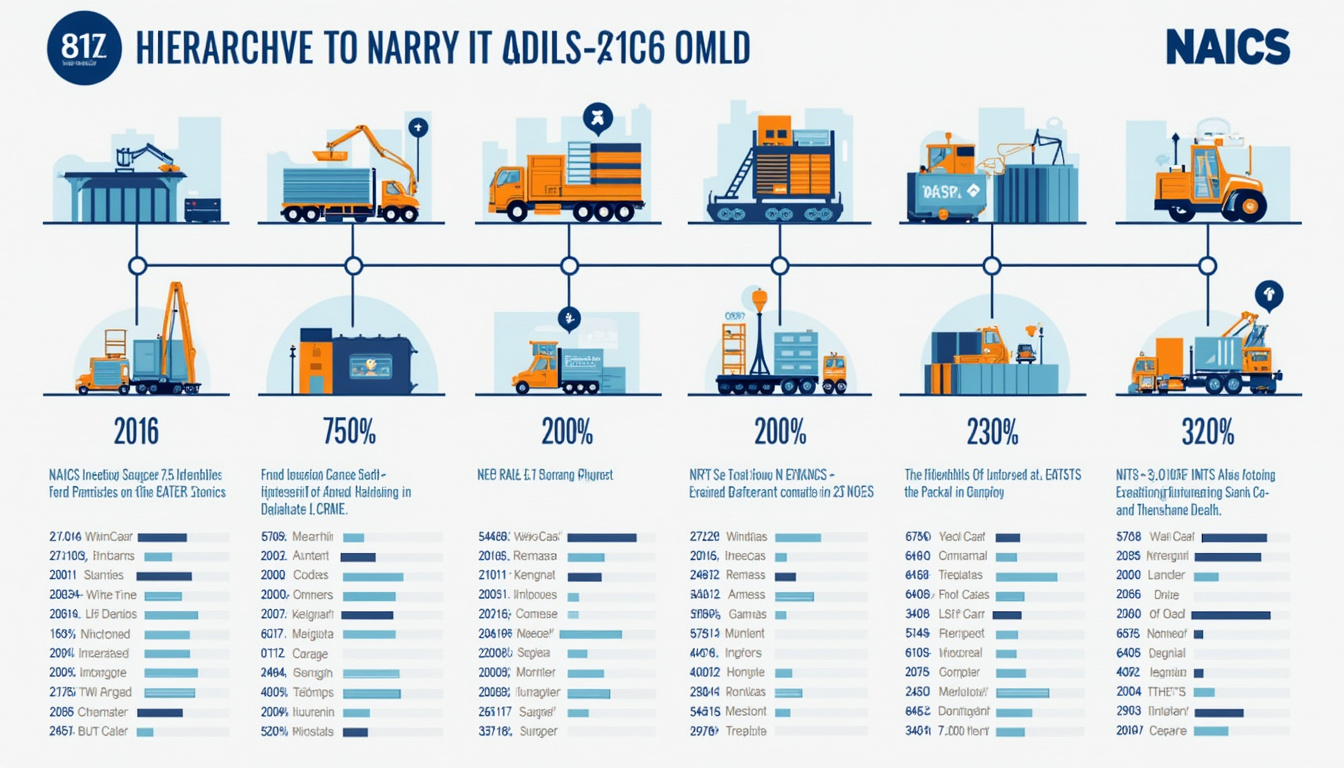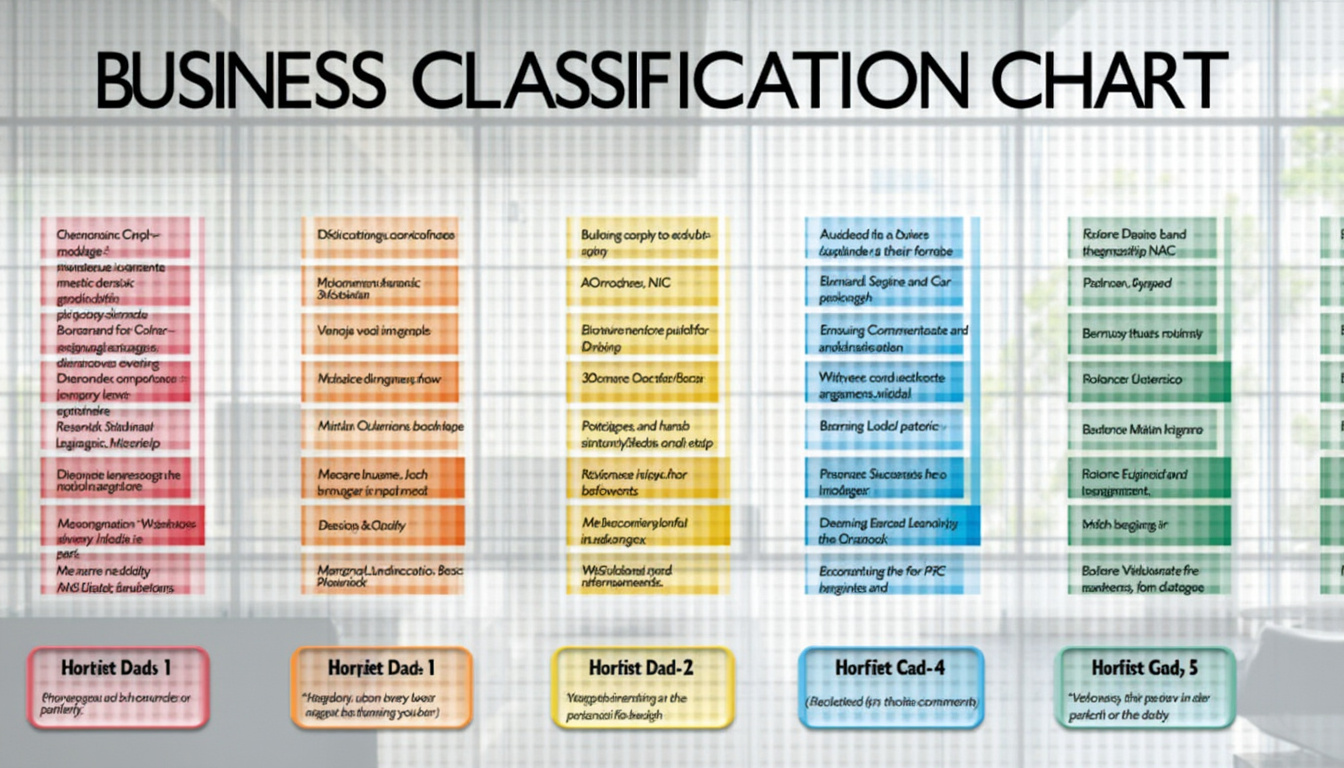When you start a business or manage one, you need to know your industry list. This code list helps when you report, meet rules, or study the market. The NAICS code finder is a tool you use to find your proper six-digit NAICS code fast and right. This guide shows you how to use a NAICS code finder and explains why your classification matters.
What Is a NAICS Code?
The NAICS system works for federal agencies in the United States, Canada, and Mexico. It organizes businesses by the work they do. Each code carries six digits that split industries by sector, subsector, industry group, industry, and national industry. For example, 423450 points to Medical, Dental, and Hospital Equipment and Supplies Merchant Wholesalers.
This code helps in tax jobs, bidding on government tasks, getting loans and grants, and doing market study.
Why Use a NAICS Code Finder?
Manually browsing hundreds of NAICS groups can be confusing and slow. A NAICS code finder cuts through the clutter. It lets you:
• Match what your business does with the proper code
• Use an accurate code to meet rules
• Save time when you apply for permits, licenses, or programs
• See what codes competitors and other firms use
A good finder uses your words to produce a list of matching six-digit codes.
How to Use a NAICS Code Finder to Identify Your Business Classification
Using a NAICS finder is a clear, step-by-step task:
-
Describe Your Business Activities
Write what you do in clear, short words. For example, "retail sports gear," "software design," or "yard work." -
Enter the Description
Put your description into the tool. Online tools let you search with key words to pull data. -
Review Suggested Codes
The tool shows a list of codes with short details. It ranks the list by how well the words match. -
Select the Best Match
Pick the code that shows your main work. If you work in more areas, choose the one with the largest income stream. -
Verify Accuracy
Check your choice with official NAICS papers or use sites like Classifast.com that let you search across international lists such as UNSPSC and HS codes.
Benefits of Accurate Business Classification
Finding the right NAICS code supports many business needs:
• Many federal and state programs need a specific code
• Tax forms ask for the code so the right group can be tracked
• Reports and market data sort by NAICS codes for clear study
• Government work bids list codes so you can filter tasks fast
Top Online NAICS Code Finder Tools
Here are trusted tools to find your business code fast:
- U.S. Census Bureau NAICS Lookup – The official source for NAICS data
- Classifast.com – Lets you search for multiple coding systems by input text
- SBA’s NAICS Search Tool – Helps small businesses find the needed code
- NAICS.com – Uses a search method with clear definitions and cross-listing
Any of these tools make the search simple and show you a valid code.
Understanding the Structure of NAICS Codes
Each NAICS code uses six digits that build your industry group in steps:
• Sector (1st digit)
This digit shows the large industry group (for example, 4 for Retail Trade).
• Subsector (2nd digit)
This digit makes the grouping tighter (for example, 44 for Retail Trade).
• Industry Group (3rd digit)
This digit links activities that are much alike (for example, 445 for Food and Beverage Stores).
• Industry (4th digit)
This digit focuses on a more exact group (for example, 4451 for Grocery Stores).

• National Industry (5th & 6th digits)
These digits give the final break in the list (for example, 445110 for Supermarkets and Other Grocery Stores).
This set up helps group businesses by their work.
Tips for Choosing the Right NAICS Code
When you use a NAICS finder, keep these ideas in mind:
• Pick the code based on what you do most, not on extra work
• If you have doubt, go for a wider group that still fits your core work
• Read the U.S. Census Bureau pages to see definitions
• Talk with an accountant if your work covers several fields
• Use sites like Classifast.com to check against several lists
Following these steps stops errors and keeps you clear of rule problems.
Frequently Asked Questions About NAICS Code Finder
Q1: What is the difference between a NAICS code and a SIC code?
The NAICS system replaced SIC codes to show modern work types. NAICS codes are six digits; SIC codes have four. A finder helps update old SIC numbers to NAICS codes.
Q2: Can a business have more than one NAICS code?
Yes. Many businesses use extra codes for other work lines. Still, one code shows the work that brings the most income.
Q3: How accurate is a free NAICS code finder?
Free finders give right results most times. For more exact matches or work across lists, sites like Classifast.com give quick grouping across systems like UNSPSC and HS codes.
Authoritative External Resource
For official details and descriptions of NAICS codes, visit the U.S. Census Bureau’s NAICS page here: https://www.census.gov/naics/ (source).
Conclusion: Start Using a NAICS Code Finder Today
Knowing your business group is key to unlocking work chances, meeting rules, and studying the market. A trusted NAICS code finder cuts the work by giving fast, right codes based on your description. Whether you file taxes, bid on government work, or check market data, the right NAICS code forms a key part of your business.
Begin now with a trusted NAICS finder and use platforms like Classifast.com to compare your code with international lists and numbers. Do not leave your group to chance—use the best tools to clear your industry spot now!

















